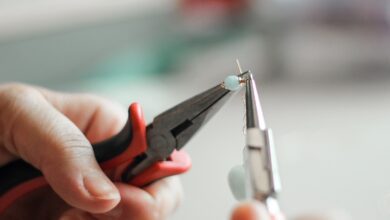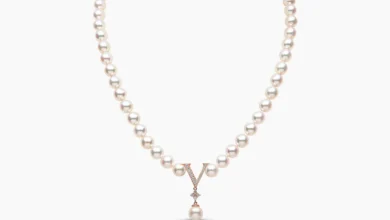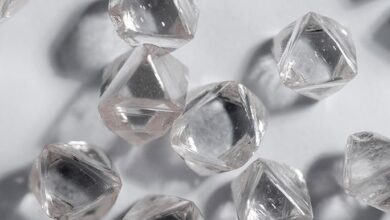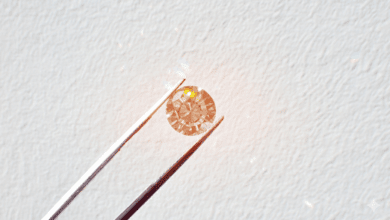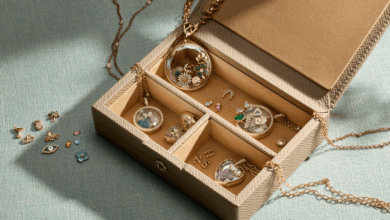
Register to get 1 free article
Reveal the article below by registering for our email newsletter.
Want unlimited access? View Plans
Already have an account? Sign in
The millennial and Gen Z generations combined accounted for two-thirds of global diamond jewellery sales totalling $82 £(£62.8bn) in 2017, according to data published by De Beers Group.
De Beers’ latest Diamond Insight Report found that millennials, those currently aged 21 to 39, represent 29% of the world’s population and are the current largest group of diamond consumers. They accounted for almost 60% of diamond jewellery demand in the US in 2017 and nearly 80% in China.
Gen Z, those currently aged up to 20, is an even larger consumer generation – representing 35% of the world’s population and will come of age as diamond consumers over the next decades. Despite the generation being a long way from financial maturity, Gen Z is already found to be making its presence felt in the diamond market, with the oldest Gen Z consumers (those currently aged 18 to 20) acquiring 5% of all diamond jewellery pieces in the US last year.
The report highlighted key similarities and differences between millennials and Gen Z including life experiences which may have particular implications for diamond brands and retailers. For example, millennials are in general more mistrusting, requiring brands to earn their trust before they can pursue growth, while Gen Z tend to be more individualistic and optimistic, desiring products that help build their own personal brands.
It also found there are a number of important similarities between the generations, especially with regards to valuing love, being digital natives, being engaged with social issues and desiring authenticity and self-expression.
Bruce Cleaver, CEO, De Beers Group, said: “The younger generations present wide-ranging opportunities for the diamond industry with the significant size and purchasing power of today’s Millennials and tomorrow’s Gen Z consumers.
“While both of these generations desire diamonds just as much as the generations that have come before them, there are undoubtedly new dynamics at play: those diamonds may now be in different product designs, used to symbolise new expressions of love and researched and purchased in different ways to mark different moments in life.”
He added: “Diamond jewellery demand reached a record global high in 2017; however, with the younger consumers’ desire for qualities that diamonds can perfectly embody – including love, connections, authenticity, uniqueness and positive social impact – the most exciting times for the diamond industry are still ahead of us if we can seize the opportunities.”


